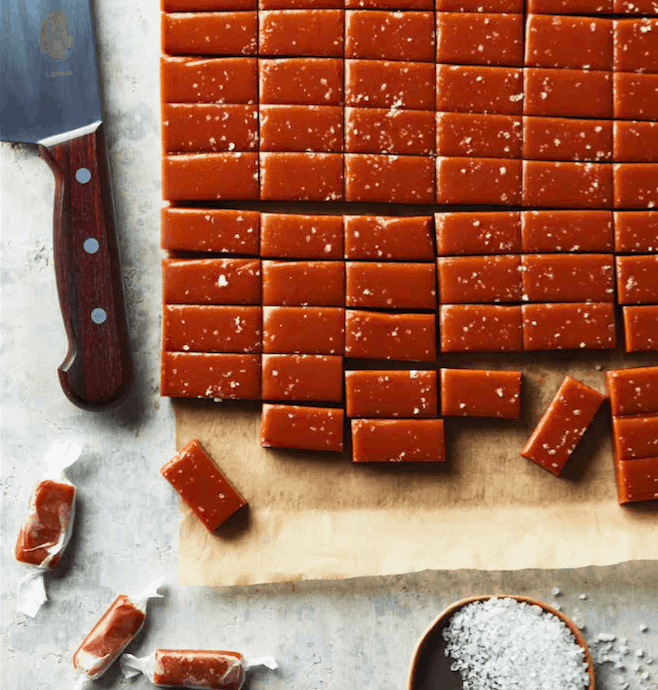Forget the stuffy air of arrogance at some châteaux. A young generation of open-minded Bordelais will be more than happy to host you.
The splendid architecture of the region reflects its prosperity over the past 400 years as the source, and gateway, for all wine exports from southwest France.
The wines, of course, are also among the finest in the country, and the world — unsurprising, given the near-limitless resources at the disposal of the top 1 percent of Bordeaux estates. Visiting any one of these wine estates tops many bucket lists. You’ll need an appointment. Nobody drops in unannounced.
Yet, for more grounded wine lovers, Bordeaux has much to offer. Remember that the Left Bank 1855 classified growths number about 60, while the Greater Bordeaux region counts some 6,000 wine producers. The vast amount of wine includes some of the best affordable Cabernet-Merlot red blends and Sauvignon-Sémillon white blends in the world. And beyond the stuffy air of arrogance that settles around some châteaux, you’ll find a lively and engaged young generation of open-minded, wine-loving Bordelais hoping you’ll visit, many offering accommodations and some of the best food in the region.
South of the town of Bordeaux, for example, in the Graves appellation, Haut-Bailly welcomes guests to their “Private Table” in a 19th-century château. Groups of up to 15 people enjoy bespoke lunches featuring the exceptional wines of Haut-Bailly and their newly (and spectacularly) renovated chai, paired with the seasonal Michelin-level cuisine of chef Maxime Pommier. A recent harvest menu included smoked eel, corn cream, and chanterelles with the refined 2017 Haut-Bailly, while the more powerful 2015 was poured with a magnificent dish of aged beef, smoked eggplant, and dense, sweet carrot jus. Under the same ownership, neighbouring Château Le Pape has newly renovated guest rooms and secluded gardens designed by landscape artist Camille Muller.
Across the Gironde, on the Right Bank, the memorable medieval town of Saint-Émilion — a UNESCO World Heritage site perched on its famous limestone plateau — has been a source of fine wine for 2,000 years. Whereas stern Cabernet Sauvignon headlines on the Left Bank, earlier-ripening Merlot dominates on this more-clay-rich side of the estuary, yielding wines that reach their drinking window earlier with sweeter fruit and tannins.
Compared to the Médoc, wine estates here are also much smaller, with an average of less than 10 hectares versus the Left Bank’s 20 (the top crus classés are more often around 80 to 90 hectares). But smaller doesn’t mean any less grand an experience; indeed, you’re much more likely to catch a winemaker or winery principal as opposed to the hospitality director.
For the best food in the environs, head to Les Belles Perdrix at Troplong Mondot. The view of Saint-Émilion from this highest point in the region is exceptional, but the cuisine even more so. Chef David Charrier’s menus have earned a Michelin star, with a rumoured second on the way. Troplong Mondot’s wines are equally worth the visit, much improved in the last decade, born of a unique dense- clay terroir matched only at Pétrus. Across the lane from the winery-restaurant, Troplong Mondot offers charming one- and two-bedroom suites as well as a five-bedroom house for larger celebrations.
The wine scene in the town of Bordeaux itself has been equally shaken up for the better by a less stiff generation. Wine bars are also a great source to discover many of the countless petits châteaux that are performing above their status, championed by passionate sommeliers.
Explore the old town, especially the quartiers of Saint-Pierre and Saint-Michel, down by the Gironde, where locals will direct you to Aux 4 Coins du Vin or Bistro Chez Lolotte. For an immersive educational experience, try the Cité du Vin, which is run by the Bordeaux wine bureau, in the quarter des Chartrons. This modern interactive wine museum and tasting bar represents all 64 Bordeaux appellations.
Further afield, an hour’s drive east through the Landes pine forest gets you to Cap Ferret and its sand dunes and surfing beaches, where the celebrated oysters from Arcachon Basin and tiny whelks are served at every shack. La Cabane du Mimbeau and the slightly more upscale Chez Hortense are references, though this is beachside, shorts and flip-flops country, with wine lists that run only three or four selections deep.
From turrets to tank tops, Michelin stars to shacks, Bordeaux has something to share. If you’d written the region off as unattainable, give it another chance.








